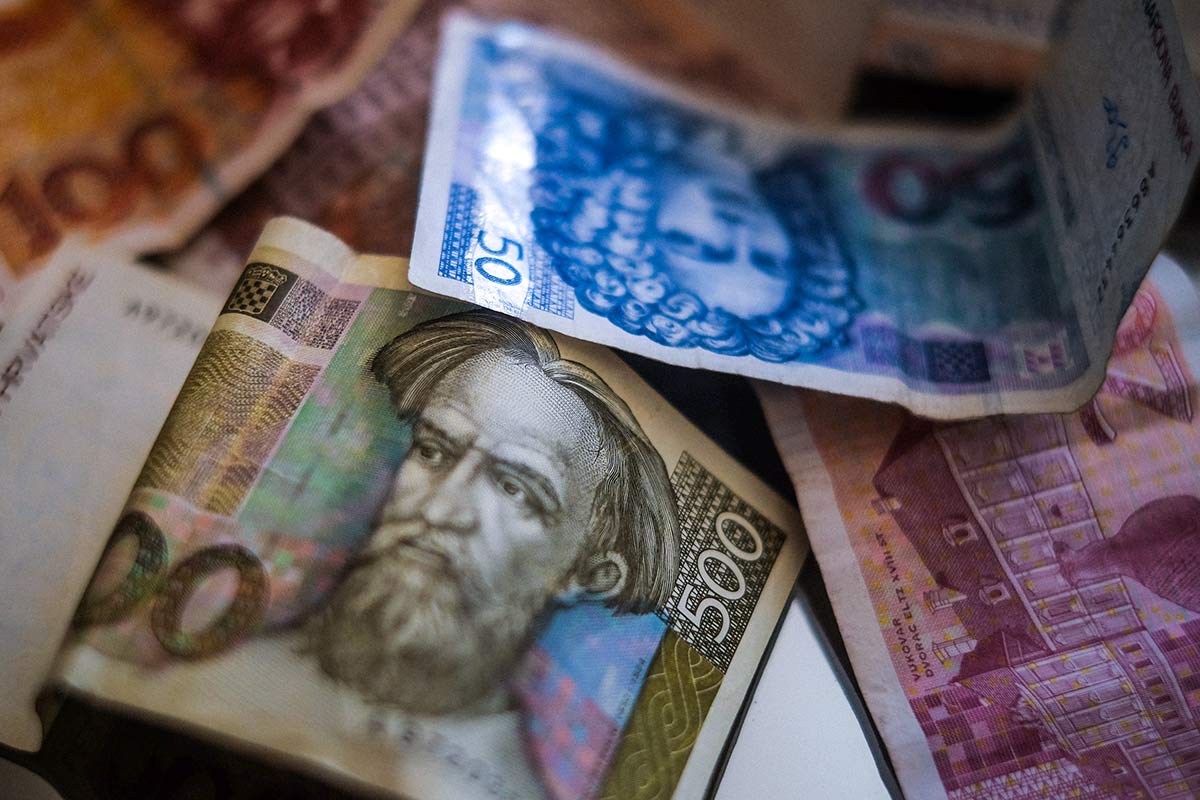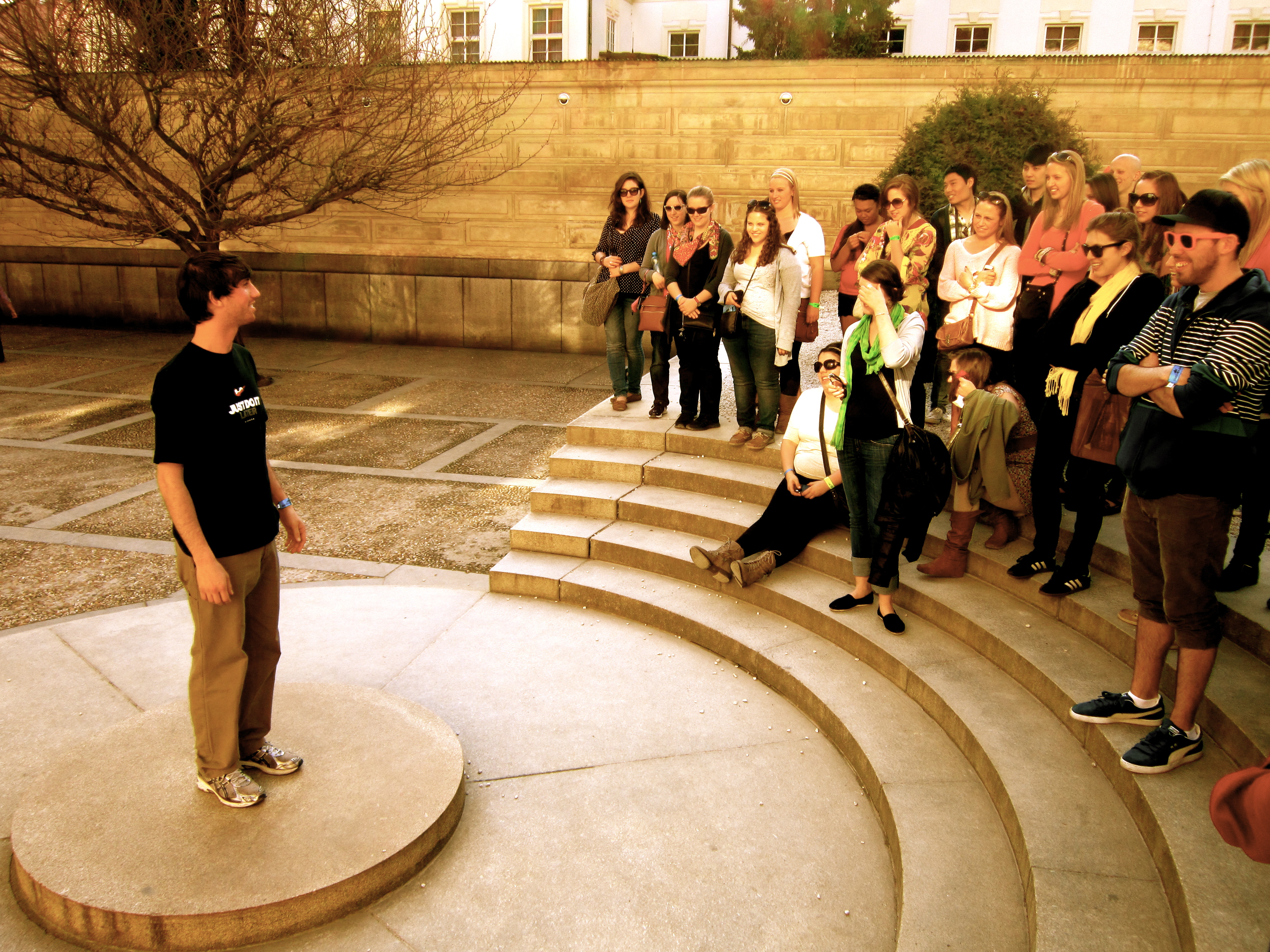By Madison Krigbaum / Originally posted on Brokewildandtraveling.com
As my second Game of Thrones location, Malta being my first, Croatia was everything I hoped it would be. Filled with delicious cuisine, locally produced wine and beer, dainty shops and welcoming locals, the Dalmatian Coast was even more astonishingly beautiful than I imagined.
No visit to Croatia could be complete without exploring this extraordinary and historic city. Dubrovnik has a centuries-old history that includes the Croatian War of Independence, the war that separated Croatia from Yugoslavia in 1991. Dubrovnik was hit hard during the war and it’s crazy to realize that many of the locals experienced it first-hand. Although the city is pretty small, only a little over 40,000, there is no shortage of things to see and do inside its centuries-old walls.
Book A Day Trip To Dubrovnik Here
Currency
Croatia takes the Croatian Kuna (HRK). Some businesses in touristy areas will take the euro, but kuna is always preferred. The neighboring countries of Montenegro and Bosnia take the euro and the Bosnian mark, respectively.

Before traveling abroad, it’s always a good idea to download a currency converter to your smartphone to keep track of your spending.
The Dubrovnik Card
The Dubrovnik Card is a great way to save money on tourist attractions! The 1-Day card cost 190 HRK (you can get a discount if you buy online). It includes the Maritime Museum, the Dubrovnik Natural History Museum, the Marin Držić House, the City Walls, the Art Gallery of Dubrovnik, the Cultural-Historical Museum, the Ethnographic Museum Rupe, the Dulčić, Masle, Pulitika Gallery, the Friars Minor Franciscan Monastery Museum and the Vlaho Bukovac Home.
Find more information about the Dubrovnik Card here.

It also includes a bus pass valid throughout the city of Dubrovnik and discounts in certain shops! To pick up or purchase a Dubrovnik card, you can visit the Tourist center located at Brsalje ul. 5, right outside of the Pile Gate.
Basic Croatian
If you’re a native English speaker, Croatian is freaking hard. The sounds required to say the words correctly are unlike anything we have in English, which accounts for a lot of embarrassing pronunciation errors. Thankfully, it’s mostly the thought that counts, so just sound it out phonetically and be ready to give it your best effort.
*Most Croatians in larger tourist cities are able to speak basic English, but if you want to practice Croatian or come across the outlier who does not know English it’s always a good idea to have some useful phrases in your back pocket!
Hello = Bok (bohk)
How are you? (formal) = Kako ste? (kah-koh steh?)
How are you? (informal) = Kako si?
I’m fine, thanks. = Ja sam dobro, hvala. (doh-broh sahm, hva-lah)
Nice to meet you. = Drago mi je. (dra-goh mee yeh)
Good morning = Dobro jutro (doh-broh you-troh)
Good afternoon = Dobar dan (doh-bahr dahn)
Good evening = Dobra večer (doh-brah ve-cher)
Goodnight = Laku noć (laa-koo notch)
Goodbye = Doviđenja/Bok (doh-vee-jen-yah)
Please = Molim (moh-leem)
Thank you = Hvala/Hvala lijepa (hva-lah/hva-lah lee-pah)
You’re welcome = Nema na čemu (neh-mah na che-moo)
Yes/No = Da/Ne
Excuse me/Sorry = Oprostite (oh-pro-sti-teh)
I’m sorry = Žao mi je (zhow mee yeah)
Where are the toilets? = Gdje je WC? (gdyeh yeh weh-tseh)
What is your name? = Kako se zovete? (kak-koh seh zoh-ve-teh)
My name is… = Zovem se (zoh-vhem se)
I am… = Ja sam… (yah sahm)
I can’t speak Croatian. = Ne govorim hrvatski (neh goh-voh-reem hurv-ahts-kee)
Do you speak English? = Govorite li engleski (goh-voh-ree-teh lee en-glees-kee)
What would you recommend? (food) = Što biste preporučili? (shtoh bee-steh preh-poh-roo-chee-lee)
Check, please. = Račun, molim. (rah-choon, moh-leem)
A beer, please. = Jedno pivo, molim. (yehd-noo pee-voh, moh-leem)
A glass of red/white wine, please. = Molim vas čašu crony/bijelog vina. (moh-leem vahs chah-shoo suhr-nohg/byeh-lohg vee-nah)
A bottle, please. = Jednu bocu, molim. (yehd-noo boh-tsoo, moh-leem).
Cheers! = Živjeli! (jeev-yeh-li)
Must-sees
Walk the Walls
My personal favorite activity to do in Dubrovnik. The walls are included in your Dubrovnik Card, otherwise, it’s 150 HRK entrance fee (around $25), which is a little steep but definitely worth the cash.

There are three entrances to the walls, but the most popular is near the Pile Gate and the Franciscan Monastery. The walk itself takes around 2 hours, depending on how often you stop for pictures, so make sure to wear comfy shoes and bring lots of water in the hot season.

The walls are the oldest standing structures in Dubrovnik, dating back to around the 9th century. They are one of the only structures to have survived numerous earthquakes and wars on Croatian soil.

Stop for an ice-cold Croatian beer at Cafe Bar Sv. Petar on your way around!

The best pictures of inside the city itself come from the walls, so bring a camera and a friend that won’t complain about taking 1,000 pictures of you (sorry Dad).

Cable Car and War Museum
Another way to get breathtaking views of the city is to take the Cable Car to the top of Mount Srd! 140 HRK will buy a two-way adult ticket, but the views themselves are priceless.

The climb up the mountain is a little freaky, especially if you’re afraid of heights, but just keep it in mind it’s been operating since 1969 and nobody’s fallen off yet.
You can find the Dubrovnik Cable Car at Ulica kralja Petra Krešimira IV, 20000, through the Buža gate. More information about the cable car here.

We stopped for a tasty cappuccino at the Panorama Restaurant & Bar. It was too cold and windy for a beer, even for us. Shocking right?

After sipping your coffee-with-a-view, head over to the War Museum situated right behind the Cable Car Station in the Imperial Fort. Full name Museum Dubrovnik in the Homeland War, an entrance ticket will cost you 30 HRK ($5). The museum features photos, videos and other displays of Dubrovnik in the Homeland War from 1991-1995.

The photographs are especially powerful, showing scenes of the war raging inside the old city and buildings on fire. It’s extraordinary to think many of the Dubrovnik locals today lived through this bloody war. Even if history isn’t your thing, it’s nice to have a culture break between all the beer and ice cream!

Relax on the Stradun
The Stradun is the main street in old town Dubrovnik. It’s filled with souvenir shops, cozy little cafes, ice cream shops, and bustling restaurants. Grab yourself an ice cream cone and stroll along the cobblestones to your heart’s content!



Game of Thrones Tour
If you’re a GoT fan, you can’t leave Dubrovnik without signing up for one of the many GoT tours you’ll find throughout the city. We decided to book ours through Dubrovnik Walking Tours. 
The basic Game of Thrones tour lasted two hours and costs 150 HRK (around $25) + 50 HRK entrance fee to the Fortress. If you purchased a Dubrovnik Card, you won’t need to pay the extra 50 HRK unless you have already visited the Fortress using your card.

Our tour guide, Eva, knew everything there was to know about Game of Thrones and threw in a bit of Dubrovnik history as well! As a bonus, she had actually worked on the GoT set and knew the actors personally.





 Am I Cersei yet?
Am I Cersei yet?
700-year-old Pharmacy and 14th Century Franciscan Monastery
Nestled in the old city near the Pile Gate is a 700-year-old apothecary hidden in a 14th-century Franciscan Monastery. The pharmacy itself is still in operation and is open to the public and customers. Conveniently, the Franciscan Monastery and museum are one of the sites included in the Dubrovnik Card. Although very small, the monastery and attached museum are beautiful and definitely worth a visit.



Go Shopping Along the Puča
Only one street away from our Airbnb, the Ulica od Puča runs parallel to the Stradun and is one of the main shopping streets within the old city.
Filled with handmade souvenir shops, leather and jewelry boutiques and quaint shops selling Croatian oils and spices, the Puča is the place to go if you’re hoping to do some shopping in Dubrovnik. The walls are lined with decorative lanterns showcasing the shop names and make the street even more picturesque.




